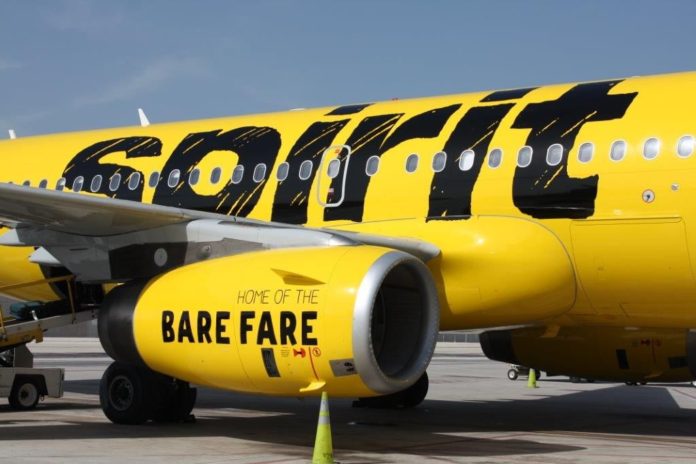U.S. airlines are finding out that impressing investors takes more than $18 billion in annual profits.
A stock rally that began in 2012 is sputtering out, in part on concern that fare fights in a handful of U.S. cities will unravel a historic industry rebound. Shrinking fuel bills give carriers the flexibility to win business by undercutting each other on tickets – and to Wall Street’s dismay, they’re doing just that.
“We’re seeing in select markets aggressive competition and capacity growth, and their position right now is to compete back, to cut fares,” said Andrew Meister, an analyst at Thrivent Financial for Lutherans, which holds shares in the four largest U.S. carriers. “If that’s the long-term outlook for behavior, it will challenge the long-term bull thesis for airlines.”
Even with carriers poised for record annual earnings, the Bloomberg U.S. Airlines Index stumbled to a 0.6 percent gain this year through Monday, following a gain of more than fourfold from 2012 through 2014. The gauge of 11 carriers is on track to underperform against the Standard & Poor’s 500 Index for the first time since 2011.
Discounters led by Spirit Airlines Inc. and Southwest Airlines Co. have been expanding faster than the U.S. economy in 2015, testing larger U.S. rivals’ vows to never return to their old habits of money-losing fare duels. That resistance is starting to crack, with American Airlines Group Inc. saying it can’t keep ceding passengers to low-fare rivals.
Airline executives have cited Dallas, Chicago, Houston and Orlando as markets with prices under pressure. Spirit and American, for example, both offered one-way tickets Monday for a Nov. 9 Dallas-to-Orlando flight for less than Greyhound’s $89 bus trip. But the squeeze has been felt across the industry. Domestic coach fares fell in August to the lowest in almost five years, according to data compiled by Bloomberg.
Analysts aren’t applauding the compete-at-any-price strategy.
“This is what we hope airlines abandon,” said Logan Purk, an Edward Jones analyst. “You transform the industry by controlling supply and prices.”
American fell 13 percent this year through Monday, and United Airlines parent United Continental Holdings Inc. dropped 8.8 percent, dragging on the airline index even as smaller carriers such as JetBlue Airways rallied. Spirit, whose ticker is SAVE, is headed for an eighth straight monthly decline after saying Oct. 16 it doesn’t see pricing improving ” in the foreseeable future.”
Spirit extended its slide on Tuesday after echoing that outlook, tumbling 7.6 percent to $34.98 at 10:08 a.m. in New York. “Earnings in Q4 and Q1 are most likely to be down” from a year earlier, Credit Suisse Group analyst Julie Yates said in a note to clients.
Airline chief executive officers say they learned hard lessons last decade, when losses totaled $58 billion in the nine years ended in 2009. Based on reported results and analysts’ estimates for the rest of 2015, the $18 billion in adjusted profit for the six biggest U.S. carriers would be a 63 percent jump from last year’s all-time high.
“The airline group performance is about in-line with the market as a whole,” said Christian Ledoux, a portfolio manager at South Texas Money Management, which holds shares of American and Southwest. “The group has been a huge outperformer over the past three years, so a pause is not unusual. I think much of the gains in 2014 reflected the expectation that record profits were coming in 2015.”
What troubles other analysts and investors is the deliberate erosion of pricing power on domestic routes. Airlines have been grappling for months with a drop in how much revenue they collect for each seat flown a mile, a sign of weakness in fares.
Reversing that decline “will be the largest positive catalyst for these stocks,” said Chris Terry, an equity analyst at Hodges Capital Management, whose airline holdings include shares in American, United, Delta and Southwest.
For all of the pain that accompanied jet-kerosene prices in their surge past $4 a gallon in 2008, they imposed “a bit of discipline” on airlines’ fare-setting, Allegiant Travel Co. CEO Maury Gallagher told analysts on a call last week. Fuel at $1.43 may be an inducement to charge less and grab market share.
“When you’ve got this much cash running around,” Gallagher said, “everybody’s chest swells out a little bit and we all feel real good, real smart and real tough in many cases.”






